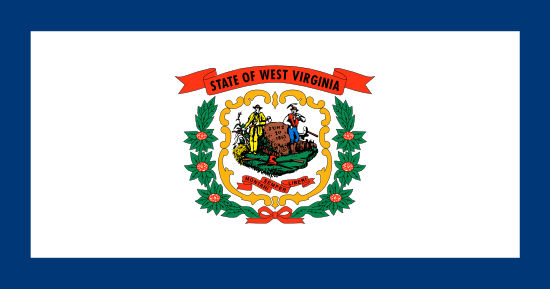
West Virginia
- Statehood Year:
- 1863
- Capital:
- Charleston
- Largest Cities:
- Charleston, Huntington, Morgantown
- Abbreviation:
- WV
West Virginia is a state in the Southeast region of the United States, known for the Appalachian Mountains, river valleys, and coal country. It has a population of 1,769,460, making it the 39th most populated state in the country. The capital city is Charleston. West Virginia has a energy-focused economy with growing tourism sector.